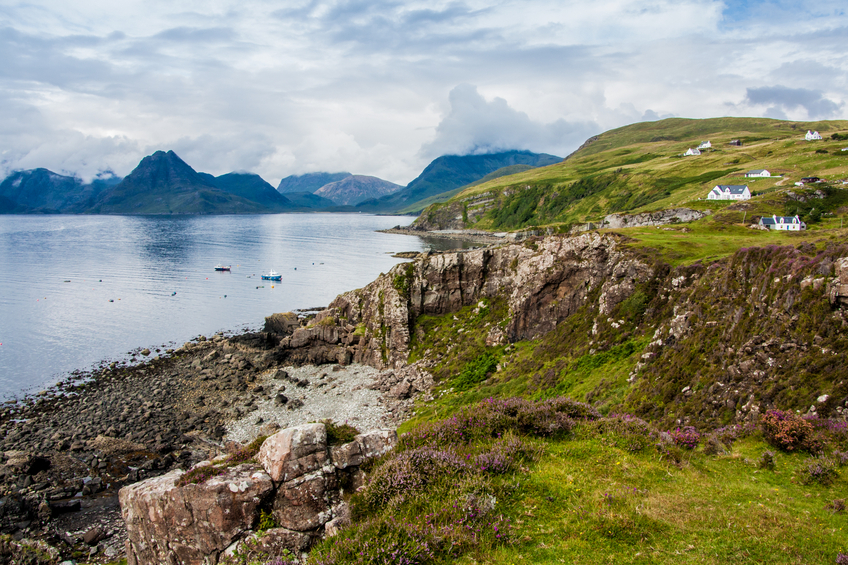
Experts are warning of the dangers of walking on cliffs after a rise in the number of emergency rescues.
The Local Government Association (LGA), which represents more than 370 councils and 48 fire and rescue authorities, said people needed to assess the risks of cliff-walking more carefully and avoid straying into closed-off areas.
It highlighted cases where firefighters and other emergency workers have had to rescue people who have become trapped while trying to retrieve their dogs, fallen down cliffs, gone into sectioned-off areas or climbed too far down a rock face.
New figures show the Royal National Lifeboat Institution (RNLI) made 166 launches to people on cliffs in 2015, a 41% rise on the 118 in 2014.
And once a month on average, firefighters are rescuing people stranded on cliffs and beaches due to rising tides.
Coastguards have also warned people not to walk on the edge of cliffs due to the risk that they can crumble without warning. Sunbathers should also avoid sitting too close to the bottom of cliffs in case of falling rocks.
The LGA is now calling on the Government to launch a national campaign to highlight the risks of climbing, walking along or bathing near cliffs.
Simon Blackburn, chairman of the LGA’s safer and stronger communities board, said: “At this time of year, a walk along the cliffs can be lovely but, while the views may be picturesque, they come with their own perils.
“It is irresponsible and negligent for any inexperienced climber to scale cliffs because not only are they jeopardising their own safety, they are also endangering the lives of firefighters and fellow rescue workers who are expected to come to their aid when they get stuck or fall.
“Young people may see cliffs as an opportunity to explore and climb, but doing so isn’t worth the risk.
“Cliff rescues are difficult, dangerous and time-consuming operations which often involve co-ordination with the Coastguard and other emergency services. They put a demand on resources and can lead to fire and rescue services elsewhere being called to provide back-up or cover.
“Some of these (incidents) can easily be avoided if people take sensible precautions when either walking across clifftops or visiting beaches.
“Walkers and bathers should steer clear of cliff edges – both the tops of them and below at beach level – as landslips and rockfalls can happen at any time, and they should never venture into closed-off areas.
“Dogs should also be kept on a lead near cliffs where possible to help avoid them – and their owners – becoming stranded or getting into trouble.”
READ MORE
Mother and son die in Aberdeen beach tragedy

Enjoy the convenience of having The Sunday Post delivered as a digital ePaper straight to your smartphone, tablet or computer.
Subscribe for only £5.49 a month and enjoy all the benefits of the printed paper as a digital replica.
Subscribe